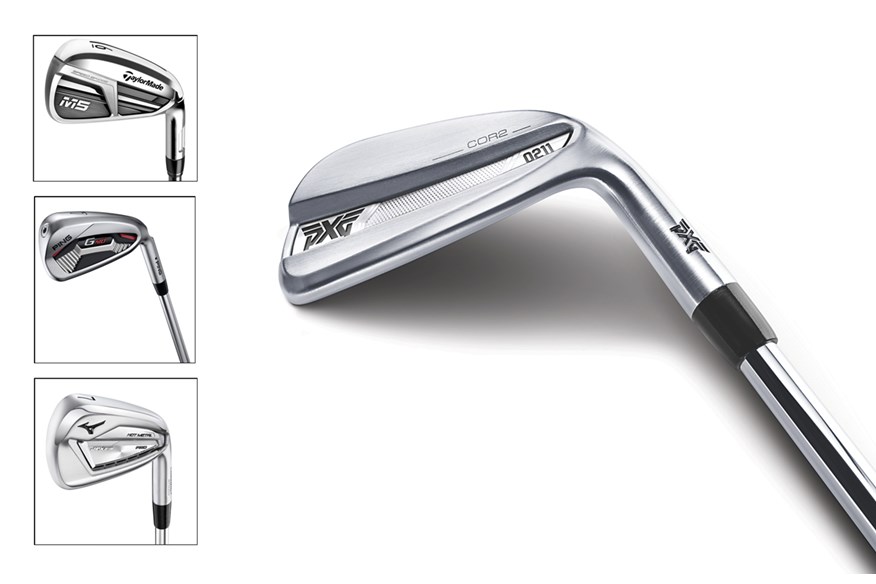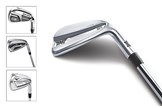PXG’s half-price 0211 irons v the main competitors
Last updated:
PXG’s 0211 Irons: How do these niche irons stack up against mass-market alternatives?
From day one PXG have been all about making the best golf clubs possible, regardless of the price. Only after achieving their goal do PXG’s engineers and money men sit down with founder Bob Parsons to tot up how much it all costs.
The brand has grown a loyal base among serious golfers since 2015, but as some have said from the outset, there’s a limited numbers of golfers who can stump up nearly £3000 for a new set of irons.
So, to ensure continued growth and attract a wider audience, as well as letting the brand mop up more of the game improvement iron market (which is the largest sector of the industry), PXG have launched their new 0211 irons.
ROBOT TESTED: Which golf ball suits my game?
PXG say that thanks to the new iron coming in for half the cost of their other irons (£200 per club instead of £400) they’ll give golfers thinking about a new set of irons a real choice to make before selecting a competitor’s model as for the first time PXG irons are available at a price much closer to major mass- market offerings.
So we thought it only fair to put the new 0211 up against our favourite game improvement irons of 2019 to see how they compare –and find out if they really are worth £1400 a set.
The best game improvement irons of 2019
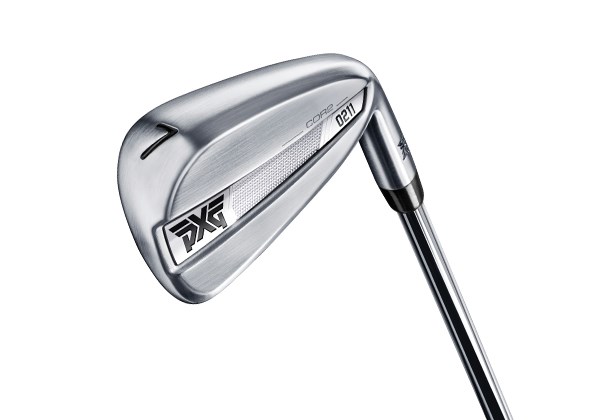
Need to know
RRP: From £200 per iron
7-iron loft: 31°
7-iron Offset: 3.3mm
Stock shaft: true temper elevate 95 or elevate tour (s), mitsubishi mmt (g)
The first thing you have to understand with the new 0211 iron is that they’re cast (from 431 stainless steel with a HT1770M margaing steel face), which brings down the cost compared to all of PXG’s previous forged models. There’s none of the trademark perimeter weight screws, either, which means an MOI forgiveness drop-off of 7-10%, comparing the 0211 iron to the brand’s 0311 forged models.
This iron does have a hollow body construction, with PXG’s “COR2” filler just like the more expensive models. And it’s this addition PXG say makes all the difference against the competition. COR2 is said to improve sound, feel and improve distance control when shots are hit off-centre, giving an edge over regular game improvement cavity back irons.
TG Awards: Top 3 Game Improvement Irons
What Irons They Are Up Against
PING G410
RRP: £126 (s), £136 (g) per iron
7-iron loft: 30°
7-iron offset: 4.6mm
Stock shaft: Choose from seven premium options
The G410 is 3% smaller than the previous G400, but thanks to tungsten toe and hosel weighting MOI is 8% higher. Less o set and smaller heads give the G410 more of a “players” look, but combines it with the forgiveness expected of a traditional Ping game improvement iron.
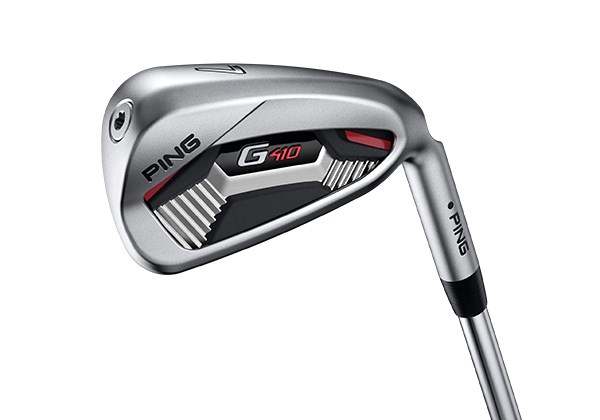
TaylorMade M5
RRP: £999 (s), £1199 (g)
7-iron loft: 30°
7-iron offset: 2.7mm
Stock shaft: true temper Xp100 (s), mitsubishi tensei Orange (g)
The smallest amount of 7-iron off set (of the irons in our test) tells you who the compact heads of the M5 are aimed at. They’re tailored to perform in the hands of golfers who want ball speed and forgiveness, but don’t want to give up head size to get it. Joint longest here.
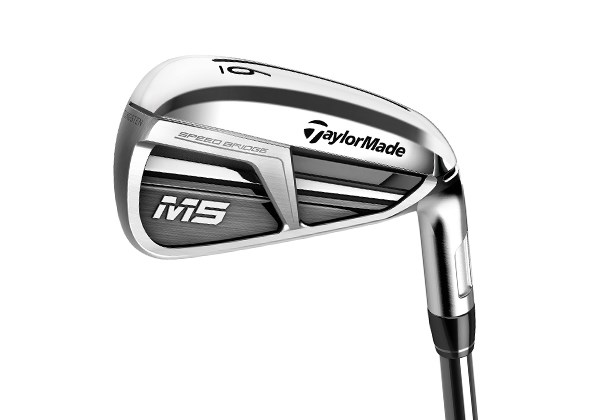
Mizuno JPX919 Hot Metal Pro
RRP: £120 per iron
7-iron loft: 30°
7-iron offset: 2.8mm
Stock shaft: Choose from 16 premium options
A popular fast-face cast Mizuno iron. The Pro is new for 2019, and it has less off set and slightly smaller heads than the all-out forgiveness of Mizuno’s JPX919 Hot Metal. Brilliant for above average ball strikers who like to try and shape shots.
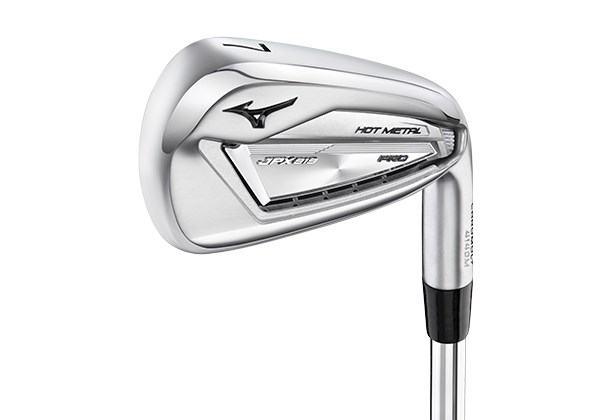
The Numbers: PXG 0211 vs Ping G410, TaylorMade M5 and Mizuno JPX 919 Hot Metal Pro
| Ball Speed |
Launch Angle |
Backspin | Height | Carry (yards) |
|
| PXG 0211 | 125mph | 16.4° | 5697rpm | 31 | 183 |
| PING G410 | 127mph | 15.7° | 5180rpm | 30 | 189 |
| TaylorMade M5 | 124mph | 15.9° | 5663rpm | 30 | 181 |
| Mizuno JPX 919 Hot Metal Pro |
126mph | 15.8° | 4982rpm | 29 | 189 |
Our Verdict
The 0211 is a progressive set, so the long irons are very similar to PXG’s game improving 0311 XF Gen 2 model, where the short irons are closer in terms of offset and size to the brand’s “player” 0311 P Gen 2 model.
The thinking opens the iron up to tons of golfers, as many look for a combination of forgiveness and looks across a set. Just like the more costly PXGs, the 0211 look great sat behind the ball, there’s a neat top edge, narrower soles where you need them (in the shorter irons) and a cracking head shape. It’s the only hollow body iron here and we reckon when hit from the centre, sound and feel are just as good as the forged PXGs, making the 0211s the preferred choice in our test too.
In terms of test data you have to factor in the 0211 having the weakest 7-iron loft, yet it didn’t produce the slowest ball speed or shortest carry distance for our pro tester. That says a lot about how PXG’s tech performs.
For us though, like PXG’s other equipment the 0211 is for golfers who want a great fitting experience.
With 2mph of ball speed and six yards of carry distance difference between the 0211 and our fastest/ longest irons, we can’t say whether or not you can afford a few hundred pounds more to buy into PXG over Ping, TaylorMade or Mizuno.
We do though completely understand why many will – they perform, look just as beautiful as anything else to bear a PXG logo and still have that air of exclusivity on the tee.
